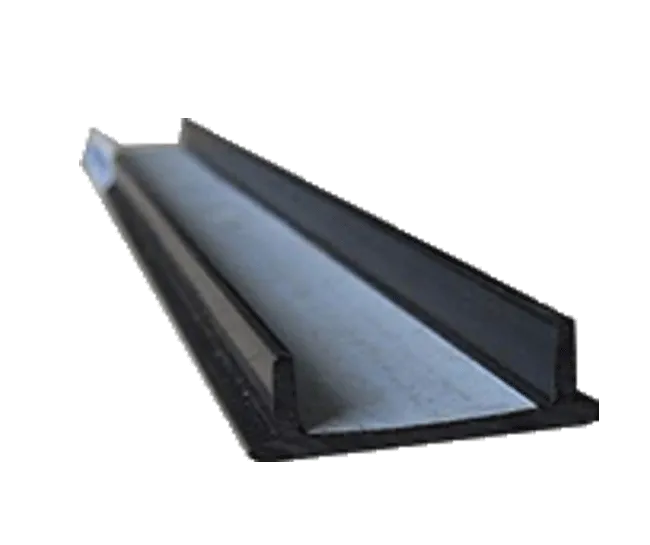Products Description
Separator Strips: Practical Components Balancing Deformation and Aesthetics
In architectural decoration and engineering construction, the handling of details often determines the stability and visual effect of the overall structure. Separator strips, as components with both functionality and decorativeness, with their ingenious design, not only cope with the problem of thermal expansion and contraction of materials but also add a regular aesthetic rhythm to the space, becoming an important link connecting practicality and beauty.
I. Material Properties: The Foundation of Stable and Durable Quality
Separator strips mainly adopt two materials: plastic and PVC (polyvinyl chloride). The commonness and characteristics of these two materials together endow separator strips with excellent practical value:
- Plastic material: It has good toughness and impact resistance, can maintain its own structural stability during slight deformation caused by temperature changes, and is not easy to embrittle and break; at the same time, it is easy to process and can be made into various cross-sectional shapes according to needs, adapting to different construction scenarios.
- PVC material: It has excellent weather resistance and chemical stability, is not afraid of moisture and corrosion, and can maintain stable performance for a long time even in outdoor or humid environments (such as bathroom and kitchen walls); in addition, PVC material has a smooth surface, is easy to clean, and has good colorability, which can be into various colors according to the decorative style.
Both materials are relatively light in weight, so no additional load-bearing support is needed during installation, which greatly simplifies the construction process. At the same time, they can be well compatible with various base materials (such as concrete, ceramic tiles, coatings, etc.), avoiding cracking or falling off caused by material conflicts.
II. Core Uses: Dual Roles of Function and Aesthetics
The value of separator strips is reflected in the perfect integration of "practical protection" and "visual beautification":
- Coping with thermal expansion and contraction, preventing deformation: Building materials (such as concrete and ceramic tiles on walls and floors) will undergo thermal expansion and contraction due to changes in environmental temperature. Without a reasonable buffer space, problems such as cracking and arching are likely to occur. Separator strips, by reserving gaps at material joints and being embedded in them, provide room for expansion and contraction for such natural deformation, effectively disperse stress, prevent the spread of cracks, and ensure the integrity and durability of the structure.
- Outlining spatial layers, enhancing aesthetics: At the decorative level, separator strips are like "line designers" of the space – they can clearly divide the boundaries of different materials or regions (such as the division of ceramic tile walls, the transition of floor materials), making the overall layout more regular and orderly; at the same time, by choosing colors that contrast or coordinate with the main color, separator strips can become visual focuses, adding a sense of hierarchy and design to monotonous surfaces, turning practical components into decorative highlights.
III. Specification Sizes: Flexible Choices Adapting to Diverse Scenarios
To meet different material thicknesses and decorative needs, separator strips provide two commonly used sizes:
- 1cm: Suitable for splicing of thinner materials or fine decoration scenarios, such as the separation of wall tiles (with a thickness of 5-8mm) and the edge treatment of small decorative panels. It can take into account both protection and aesthetics without occupying too much space;
- 2cm: Mostly used for thicker materials or large-area regions, such as the jointing of ground concrete cushions and the division of large ceramic tile walls. Its slightly wider size can provide more sufficient buffer space for material deformation, and at the same time, it has a stronger presence visually, strengthening the effect of space division.
These two sizes can be flexibly selected according to specific construction drawings and design styles to ensure the dual adaptation of function and aesthetics.
Summary
Although separator strips are small, they have become an indispensable part of architectural and decorative projects with the wisdom of "solving big problems with small components". They resist the invisible pressure brought by temperature changes with the stable materials of plastic and PVC, and outline the order and beauty of the space with simple lines, perfectly interpreting the design concept of "function determines form, and form serves function". In modern architecture pursuing detailed quality, separator strips are playing their low-key but important role in guarding the stability of the structure and decorating the appearance of the space.



